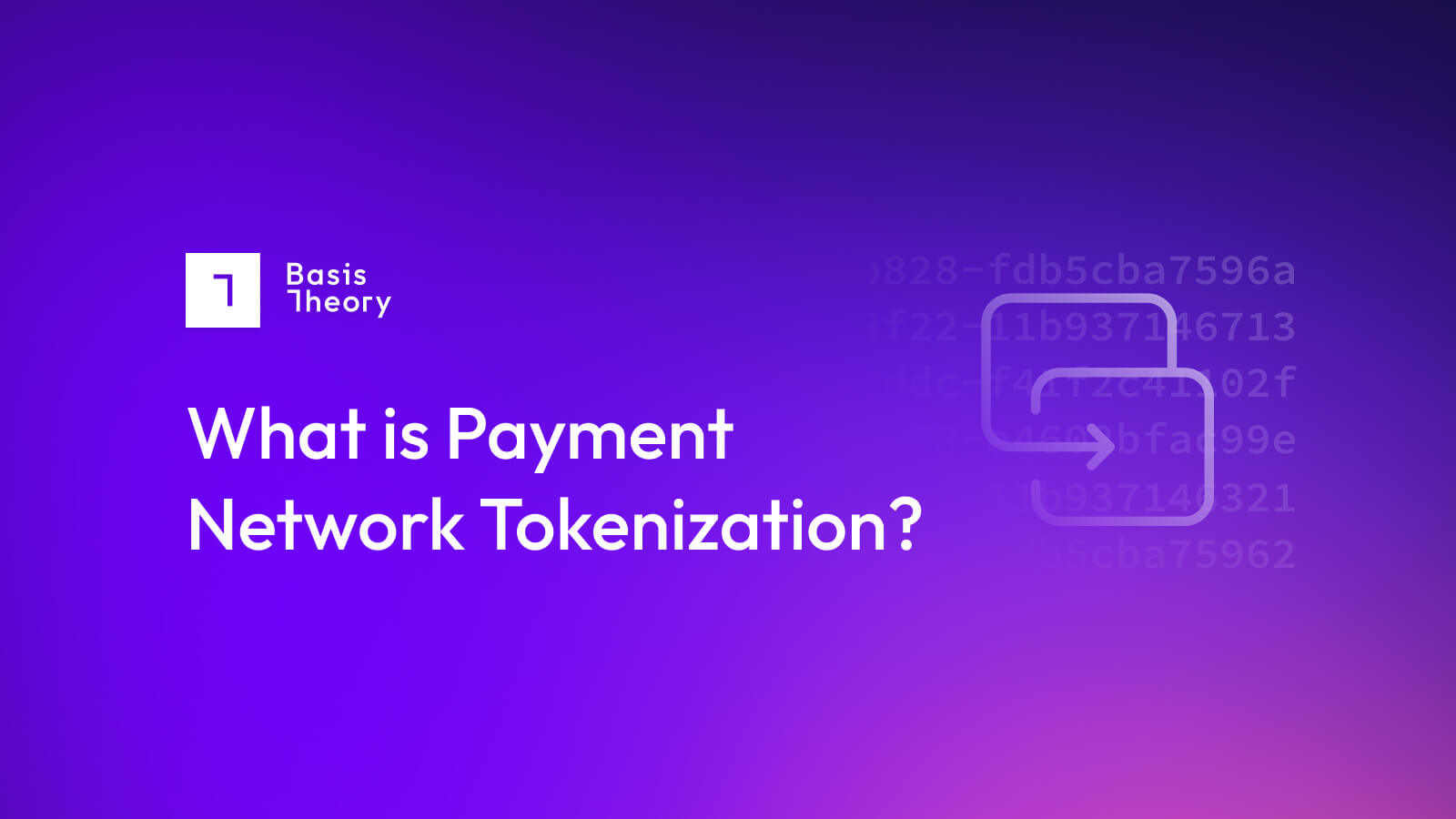Pairing Stablecoins with Tokenization

The world of financial technology has never been more active, with the proliferation of digital payments options leading to booms and busts, massive wins and equally jolting losses, and the promise of smoother, faster, cheaper transactions.
One of the most intriguing entrants to the list of innovations available to businesses and consumers alike today is the stablecoin: a form of digital token that seems to sit in the sweet spot between revolutionary and reliable. As a method for moving money between parties, regardless of their location or banking status, there is much to love—but still much to be wary of.
What is a stablecoin?
A stablecoin is a cryptocurrency whose value is tied to a corresponding fiat currency, generally the U.S. dollar.
Unlike other well-known cryptocurrencies like Bitcoin or Ethereum, stablecoins are intended to be immune from wild fluctuations because they are backed by audited reserves, whether in currency or commodities like gold. The number of tokens available within a named stablecoin, then, is determined not by miners minting new ones or issuers removing old ones, but by the value of the reserves held by the issuer.
That said, not all stablecoins are created equal. There are risks with stablecoins.
Genuinely stable examples like Tether and Circle are rigorously audited and maintained in order to retain their value relative to the dollar.
However, some stablecoin reserves are held not in the actual fiat currency to which they are pegged, but in commodities or other financial instruments that may see their value move.
There are also what are known as algorithmic stablecoins, which use advanced math to create, or destroy, stablecoin units in real time to keep the value steady: if the price heads up, the algorithm creates more; if the price drops, the algorithm reduces the supply. The challenges in either of these are clear:
- Stablecoin currencies backed by reserves of non-fiat currency risk shifting values if the underlying asset values change. Although the stablecoin issuer can buy and sell assets to balance out the value, they may not be able to do so quickly enough to prevent market moves (i.e. quick acquisitions and sales of large quantities of the stablecoin) that erode confidence and cause the crypto equivalent of a bank run.
- Algorithmic stablecoin currencies are not only subject to the risk of market moves outpacing the algorithm’s ability to maintain equilibrium, they are also subject to attack. In 2022, for instance, Alcala was effectively destroyed when hackers broke into the issuing system and created 1.2 billion dollars worth of tokens, effectively driving the value of each individual unit down to a penny.
The industry has largely adapted to the threats of market manipulation and hacking, and seems settled on the principle of pegging value to reserves of verifiable fiat currency. In addition, financial institutions like JP Morgan have introduced the concept of tokenized deposits, in which actual deposits can be represented by digital currency, with no new units being created unless the money is confirmed to be present.
While there are inevitably future challenges ahead, mainstream stablecoins appear to be here to stay: while today they represent less than 1% of all payment distributions, their convenience suggests this is a floor and not a ceiling.
Why would anyone use stablecoins instead of fiat currency?
Insofar as a stablecoin, when working according to its purpose, simply represents a digital representation of actual money, one might reasonably ask what its purpose is. The answer is simple: digital currency can be exchanged near-instantaneously and reliably on a blockchain without necessarily involving a traditional financial institution or intermediary.
For all the advances in integration between banks, card networks, payment service providers, and payment gateways, there is a great deal of friction in the classic payments system: transactions may involve multiple entities, incur a significant investment of security scrutiny, and take a long time to complete, especially when advanced considerations, such as moving money across borders, are involved.
By contrast, two entities wishing to exchange value using any cryptocurrency, including stablecoins, can simply enter a blockchain transaction. This merely involves creating a contract to transfer a defined amount of stablecoin from one crypto wallet to the other.
Because the transaction is blockchain-based, it happens rapidly, is publicly recorded, and incurs limited costs. Additional regulator scrutiny is being published every day, of course, and reputable financial institutions are injecting important Know Your Customer (KYC) and Anti-Moneylaundering (AML) steps, to ensure ethical and legal use of the stablecoin rails.
Nonetheless, stablecoins can be seen as leveling the playing field for merchants trying to limit their use of pay-to-play payments rails, and for consumers underserved by the banking industry.
Using Stablecoins for Commerce
Very large enterprises, such as Walmart and Amazon are said to be considering creating their own stablecoins, which would theoretically allow them to conduct business with their customers (and maybe even vendors) without needing to use traditional payment rails at all.
This creates a closed-loop payment system.
While this has interesting implications for these highly capitalized companies, it seems unlikely that most organizations would have the financial reserves to deliver a functional and reliable stablecoin economy.
For many e-commerce companies however, third-party stablecoins have quietly become an acceptable form of payment. Stripe permits the collection of USDC, USDP, and USDG on approved rails, including Solana and Ethereum. Of course, merchants accepting stablecoin payment through a full-service PSP like Stripe undermine their purpose by some amount by being required to pay Stripe’s fees.
In principle, a well-designed payments system should be able to offer stablecoin payment as an option, working alongside more common payment methods like credit cards and digital wallets.
The merchant would need to connect to a common stablecoin service, then have the consumer approve the transfer across those rails; once confirmation is approved on the blockchain, the merchant could confirm receipt and deliver the purchased product or service.
Being Wary of Stablecoin in Daily Commerce
One of the benefits of using a third party to mediate payment transactions is that they act as an arbiter of the deal. In other words, when paying with, say, a credit card, a consumer can ask the card issuer to reverse a payment if the merchant fails to meet its end of the deal. Not only can credit card companies reclaim money from merchants, but they can also apply penalties and threaten or exact disciplinary actions, all of which pressure the merchant to operate ethically.
By contrast, blockchain transactions of any kind are, by definition, final and irreversible: for a merchant to return funds to a disgruntled customer, they must actively execute a new transaction, transferring the same sum back to the original owner.
If they choose not to, there are vanishingly few options for the consumer.
Indeed, there have been numerous examples of what are known as ‘rug pulls’, where cryptocurrencies are created, consumers buy in, then the issuers abandon the project and retain the funds used to buy the tokens.
While stablecoins may be less vulnerable to such schemes—particularly if consumers stick to properly audited reserve-based tokens—the loss of a third party's protection may be enough to slow the growth of stablecoin payments in the broad market.
Payment Systems with Stablecoins and Tokenization
For trusted merchants, with customers who stand to gain access by using stablecoin payments over traditional financial methods, stablecoins offer a tantalizing opportunity to do business more quickly, and at lower processing costs.
To protect their customers, they need to protect personally identifiable information (PII), and especially any wallet details, with vigor and conviction. One particularly effective way of achieving this is to collect and store customer information through a programmable payment vault, which then protects the data, while providing programmatic methods to submit payment transactions without ever pushing hackable PII into the merchant’s payment system.
Most merchants are already moving toward a multi-PSP strategy, leveraging flexibility to increase payment success rates and arbitrage highly variable fee schedules. Adding the ability to close deals using stablecoins opens up an opportunity with an audience of otherwise underbanked consumers and offers a far lower-cost processing mechanism. Leveraging tokenization to protect and secure customer details represents the final, missing step in protecting against malicious actors and fraud.
The time of stablecoins may very well be upon the payments industry.
.png?width=365&height=122&name=BTLogo%20(1).png)



